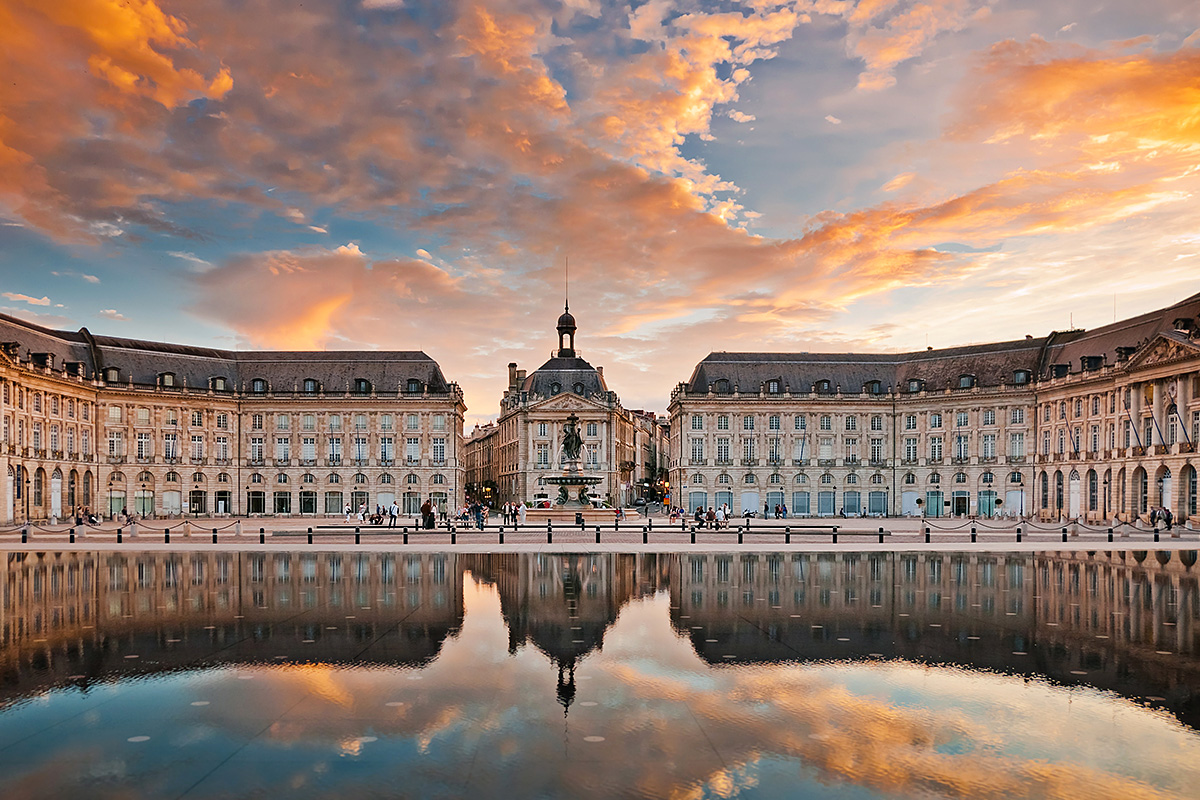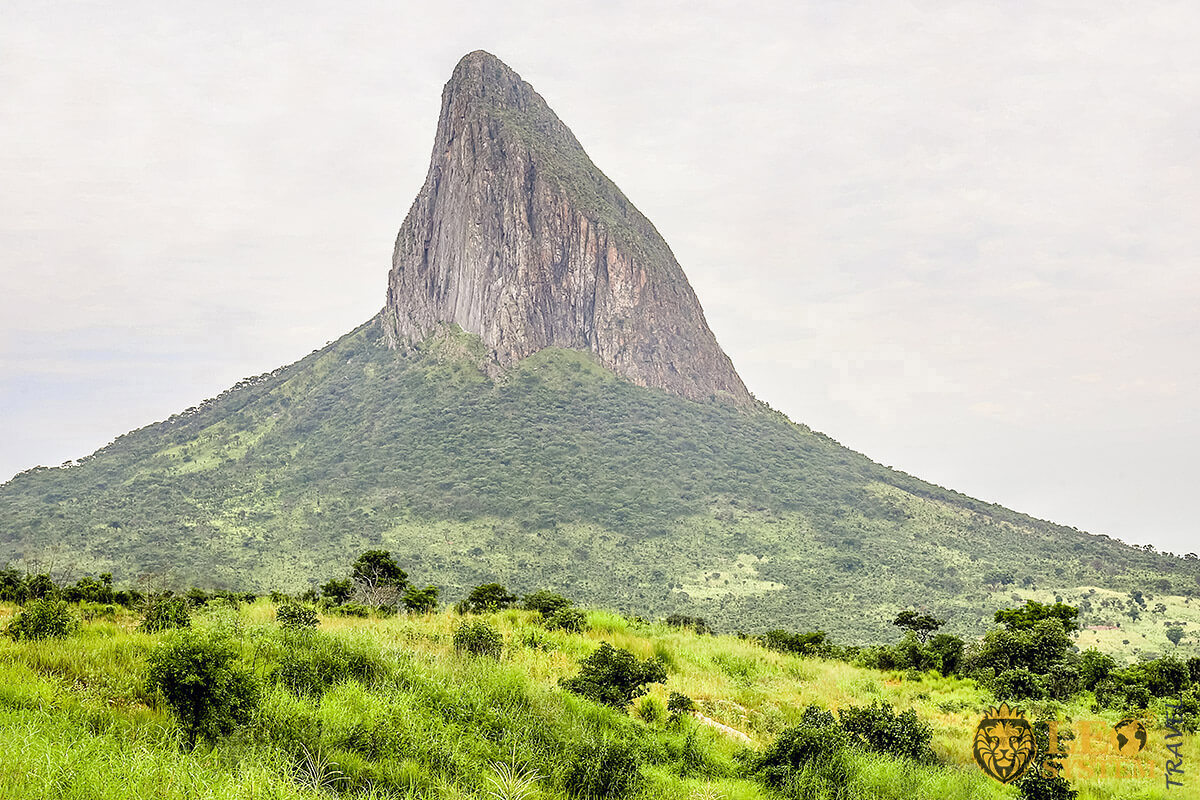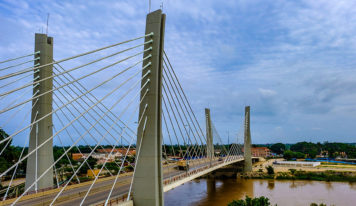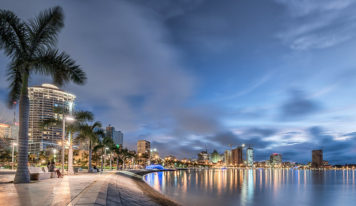Huambo is a centrally located city in the country of Angola, the city has held a lot of historical and economic importance in the area due to it being the capital of multiple kingdoms from the Ovimbundu culture that existed way before the European colonial empires arrived and subjugated the locals.
Huambo is located on the Cunene River which flows out to the Atlantic Ocean however the majority of the river is not navigable by boat due to the rough terrain such as rocks and also low-depth water.
In this article, we are going to be telling you everything that you need to know about an excursion to the city of Huambo, Angola.
The Population of the City of Huambo.
Huambo has a population of close to 670,000 people. Huambo has historically been an important center in the region, being either the biggest city or the capital of the kingdoms that ruled the local areas.
One of the main reasons why Huambo was such a popular location for capital for various kingdoms is its central location in Angola which allowed rulers to control their subjects with ease.
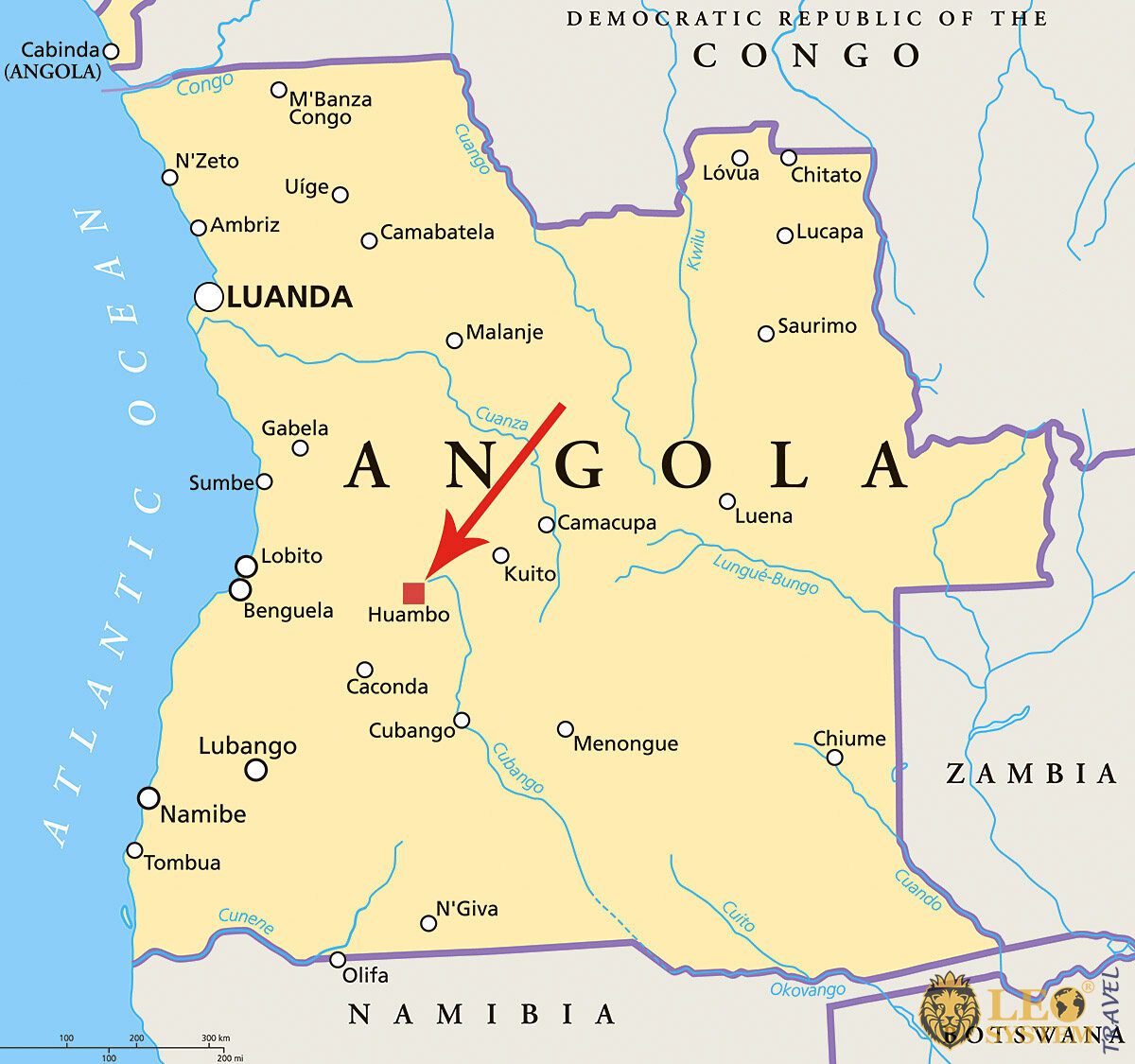
Furthermore, the land around Huambo is very fertile and thus great for growing crops allowing for the sustaining of a fairly large population as well as providing jobs for a time when the majority of people were employed in some kind of agriculture-related industry.
In 1902, the Portuguese started to build a railway that went through the city from the coast and to the eastern regions of Angola.
Famous People Born in Huambo.
Famous people that have been born in Huambo include politician Lucio Lara who was born in 1929 and was a leading member of the independence movement of Angola and one of the founding members of the MPLA organization which stands for the ‘People’s Movement for the Liberation of Angola’ in English.
Eventually, Lara succeeded and was the person responsible for swearing in the first president of Angola, Agostinho Neto.
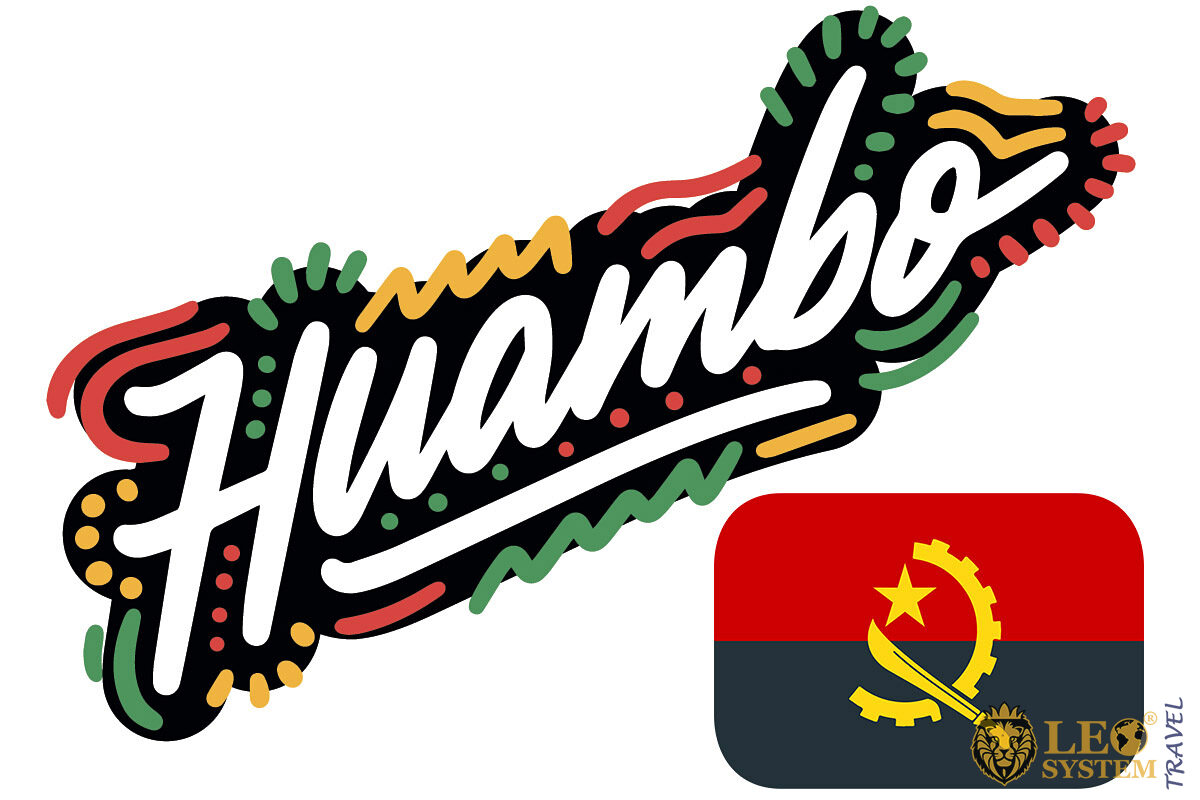
Moreover, another famous figure born in the city of Huambo is Gabriela Antunes who was a female writer born in 1937 who is famous for her children’s books written in Portuguese.
Additionally, Antunes is widely cherished as a national hero for her work as a teacher and activist for the improvement of education in her native Huambo and the greater Angolan region.
The Climate of Huambo.
Throughout the year the climate of Huambo rarely changes, the average yearly temperature is 19.2 degrees Celsius with fairly high humidity levels of 55 with the months between May and August being the coldest and the least humid however with only a very small reduction which is hardly noticeable.
The climate of Huambo is classed as a subtropical highland climate, with there being two main seasons one is known as the wet season which runs from October from April and the dry season that is from May to September.
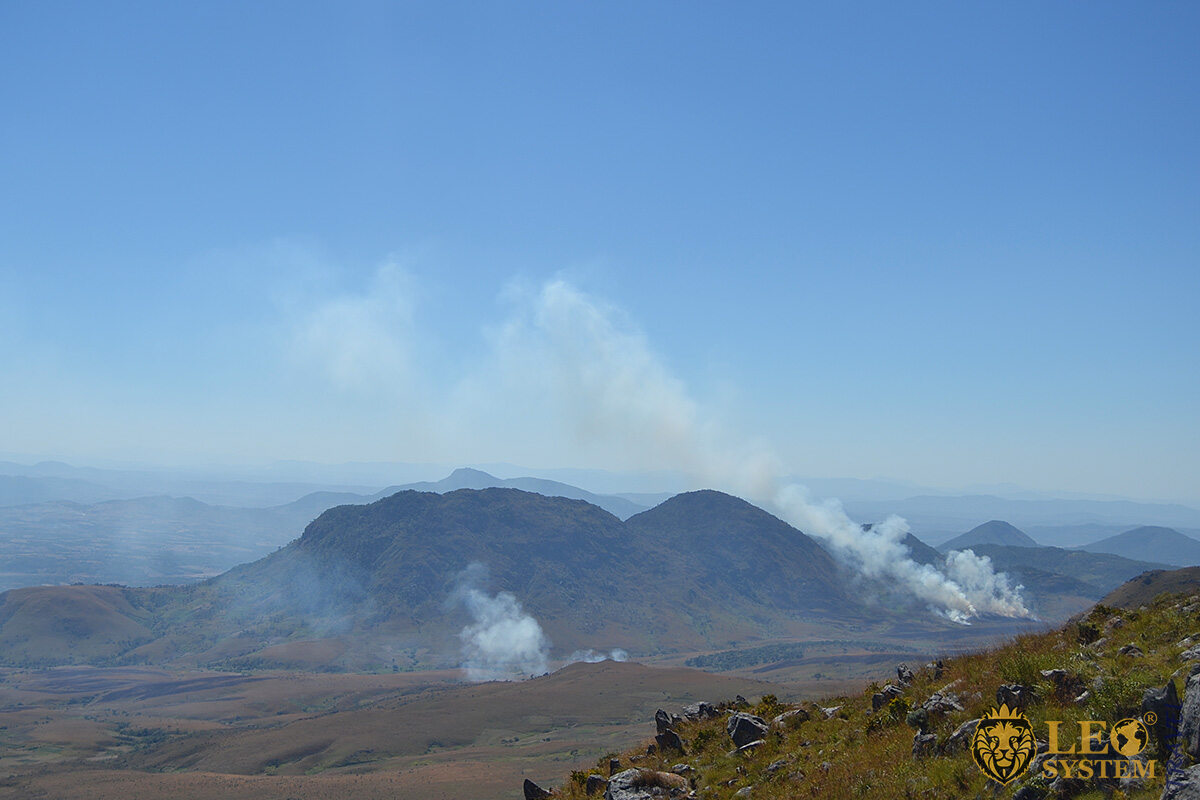
In total there are 138 rainy days on average every year in Huambo regardless the temperature is perfect as it is hot but not too hot all year round so regardless of what time of year you decide to visit there will not be any difference in temperature instead there may be or less rain than usual depending on what season you decide to travel to Huambo in.
History of the City of Huambo.
Huambo’s has a vast amount of history which is another good reason why you should consider an excursion to the city of Huambo, Angola. As one of the few large cities in modern-day Angola that was in existence before the European merchants and colonists arrived Huambo has one of the longest histories of them all.
The name of the city originates from the Wambu tribe that is believed to be the tribe that founded the city as well as being one of the estimated fourteen tribes that existed in the central plateau of what is now modern-day Angola.
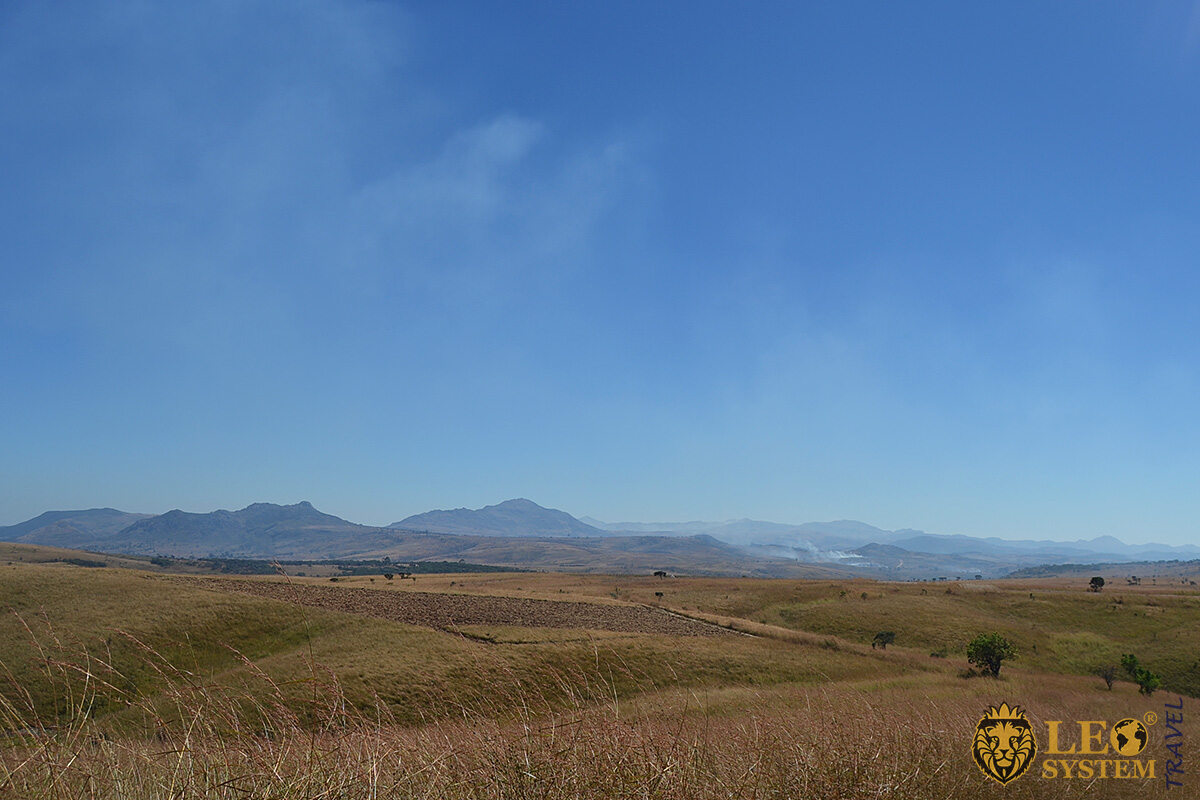
Huambo was renamed Nueva Lisboa in 1928 which in English translates to ‘New Lisbon’, Huambo was known as Nueva Lisboa for nearly fifty hundred years until Angola gained its independence and the city was finally named back to Huambo.
It is widely believed by historians that the Portuguese planned to make Huambo the new capital of the Angola colonial protectorate, but the plan never ended up materializing for a variety of reasons including World War 2 and the strong Angolan independence movement.
Geography of Huambo and Surrounding Areas.
Huambo is the capital of its namesake Huambo province in Angola that is classed as a plateau which geographic terminology for a significant area of land that is much higher up than usual with Huambo being 1,800 meters above sea level, however, this is nothing out of the ordinary as half of western Angola and all of the coastal regions being over 550 meters above sea level minimum.
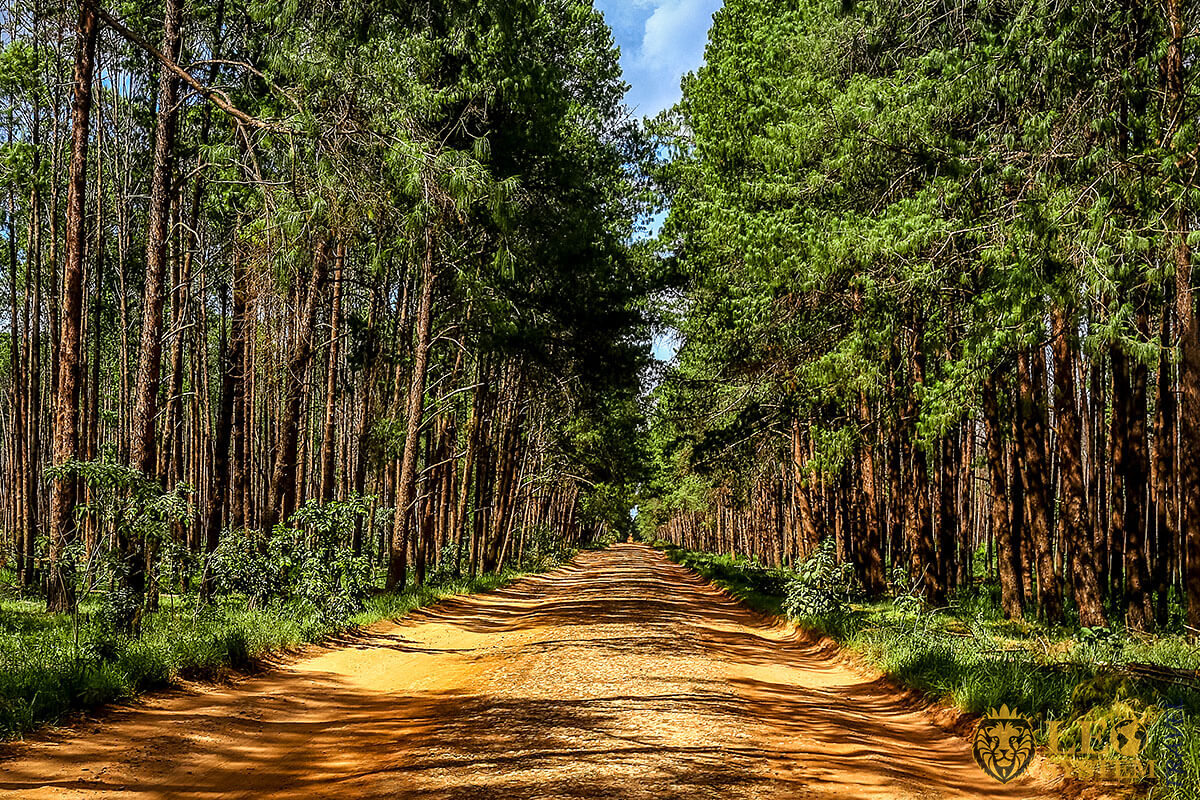
The city and its regions are home to a diverse environment which on one side is home to rocky cliffs to plains and hills that are home to very arable land which is one of the best in the whole of Angola for growing crops however due to years of use and low-quality maintenance the soil’s quality and usefulness has diminished, and it will take many years for its to fully recover.
Although Huambo is a burgeoning city of close to 0.67 million people it is famous for its greenery both inside and outside the city.
Interesting Places to Visit in Huambo.
If you want to experience the beauty of the African expanse then a great place for you to visit is the Morro Lubiri which is the second-largest monolith in the entire with a monolith being a scientific word to describe what is essentially a giant rock.
It is famous for its sharp look that towers over the surrounding landscape, although you cannot climb the Morro Lubiri you can get as close to it as you want and climb the surrounding hills that wrap around it.
Moreover, if you are interested in seeing how the local Angolans live outside the big city of Huambo, then you can visit a nearby town part of the municipality of Huambo called Ukuma where you can see how everyday life is like for ordinary Angolans that live a rural lifestyle surviving mainly on farming and herding animals.
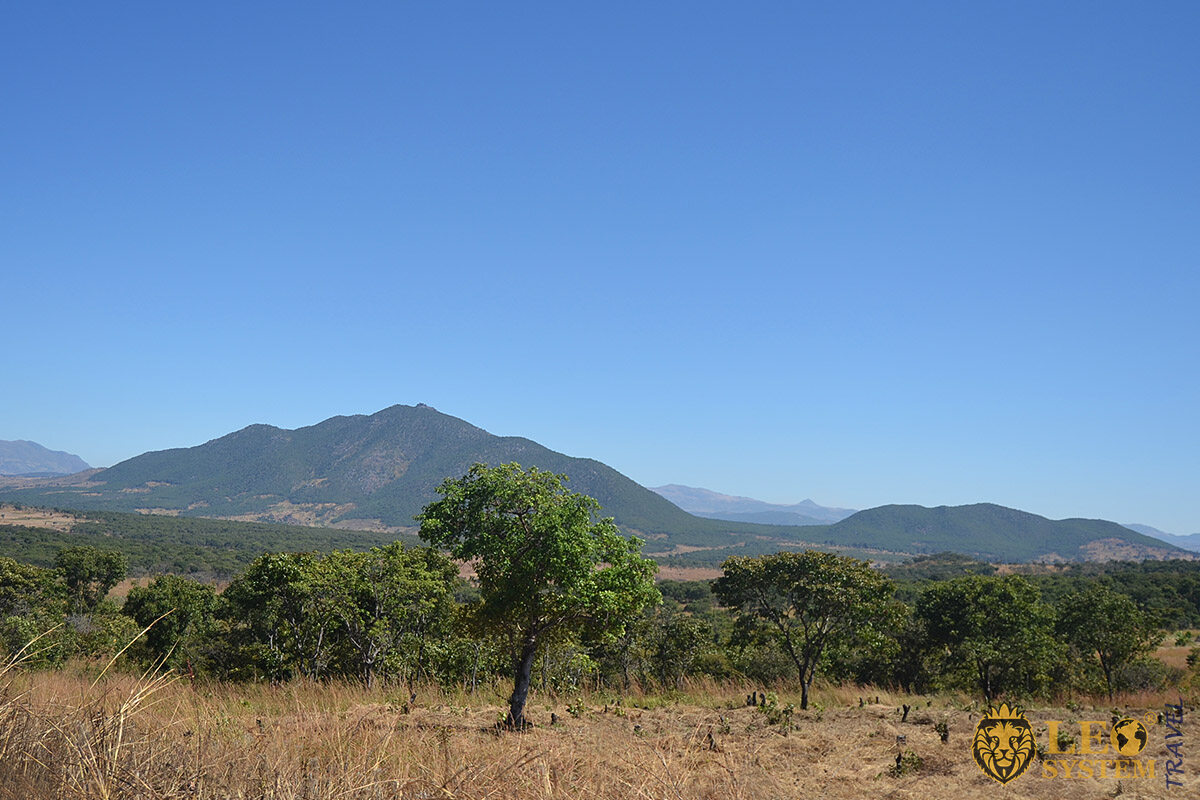
Tourists can also experience authentic Portuguese colonial architecture in Huambo such as the Se Catedral do Huambo which was built in 1937 and employs a traditional colorful design found throughout the Iberian Peninsula in Europe that consists of a white and light blue design.
Green Spaces in the Huambo.
An excursion to the city of Huambo, Angola will not be the usual trip a foreign city, Huambo is a city that prides itself in its green spaces that come in all kinds of sizes from the small neighborhood fields where people of all ages can relax.
And also have fun in, to the massive parks such as the Huambo Central Garden which located in the center of the city of Huambo and is home to hundreds of trees, as well as multiple benches and expertly divided green spaces that feature plain grass or various plants and flowers.
If you want to educate yourself about the unique plants that live in Huambo and the rest of Angola you can also visit the Agronomy Institute of Angola which is located in the city of Huambo where you can see plants from all over the country in one place and ask any questions that you may have to knowledgeable experts.
Also read the article: Great Trip To Luanda, Angola

